7 Reasons to Road Trip the Alabama Black Belt
One of the best things about road tripping is visiting unique areas. The Alabama Black Belt is one of those fascinating places. With familiar cities like Montgomery, Tuscaloosa and Selma plus a whole bunch of less visited small towns ready to explored, Alabama is calling to you. This part of the south has a full, and at times, complicated history, but there are compelling stories to be told and unforgettable things to learn. Let’s hit the road!
This article contains affiliate links. That means I may earn a small commission, at not extra cost to you, if you purchase or book something through a link I provide. This helps keep Southerner Says online and on the road. Thank you for your support.
Where is the Alabama Black Belt Region?
The Alabama Black Belt is part of the larger “Black Belt” region of the United States. This agricultural section of the United States is called the Black Belt because of the rich, fertile color of the soil where mostly cotton and foods crops are grown.
Alabama has twenty-three counties in their Black Belt region that stretches from Mississippi in the west to Georgia in the east. So, regardless of which side you start your road trip, you can experience a bit of the Alabama Black Belt.
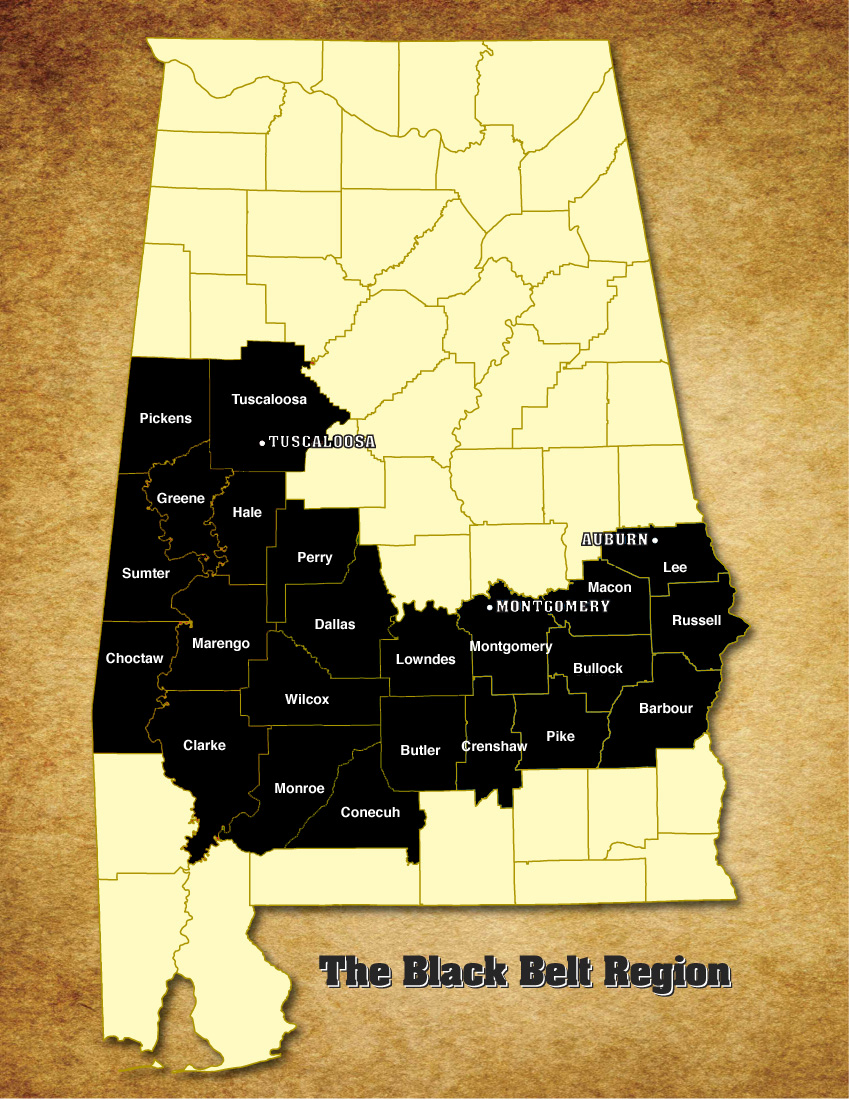
Visiting the Alabama Black Belt
Planning a road trip through the Alabama Black Belt is the best way to explore the area. You can travel at your own pace, uncovering the quaint towns and historic landmarks that may be off the beaten path. Having your own vehicle offers the flexibility to venture into the heart of the Black Belt and engage with some of the local communities.
For out of state visitors, the best gateway to the Alabama Blackbelt is Montgomery Regional Airport (MGM) Another option is Birmingham Shuttlesworth Airport (BHM) or Hartsfield Jackson International Airport in Atlanta (ATL) . The distance from the Atlanta airport to the Alabama state line via interstate 85 south is approximately 100 miles and that’s about the same mileage from Birmingham to Montgomery.
Southerner Says: For rentals, use DiscoverCars.com to compare prices and find the perfect car for your needs.
Reasons to Visit the Alabama Black Belt
Alabama Highway 80 crosses the state and runs through the Alabama Black Belt. From there, you can add in and access smaller back roads and byways for your favorite experiences. To find out more, visit the Alabama Black Belt Adventures website, offering variety of themed road trips that can be tailored to your interests. Here’s just a few of my favorite experiences in the Alabama Black Belt.
Compelling History
Alabama in general and the Black Belt region is full of life-changing history. Whether that history is Native American, African American or Civil War history, lovers of what happened here will find something to appreciate these historic sites.
Fort Mitchell National Historic Landmark
In Russell County, Alabama, Fort Mitchell was built on what was once the center of the influential Creek Nation’s home. The fort served as an important trading post and was later used to quell conflict between the government and the Natives. Later on, it was used to house more than 166 Creeks before they were relocated to Oklahoma.
Ultimately, 8,522 Native Americans were removed from Alabama. In addition to learning more about their life before being forced from their land, see remnants of the highly trafficked Old Federal Road, that ran from Washington DC to New Orleans. Visit the Carriage House at Fort Mitchell, containing a collection of carriages, buggies and wagons.
Chattahoochee Indian Heritage Center
Adjacent to the Fort Mitchell Historic Site, the Chattahoochee Indian Heritage Center was built to commemorate the displaced Creek Nation. In memory of their life in Alabama, a 25 foot metal and bronze monument was erected to symbolize the sacred ceremonial fires built in their village squares. Even though they were forced to give up their home, their spirit lives on forever in Alabama.
Adjacent to the monument is an accurate replica of a stickball field used by the Creeks. Plenty of walking trails with interpretive signage highlighting traditional and native plants found in the area can be found throughout the grounds.
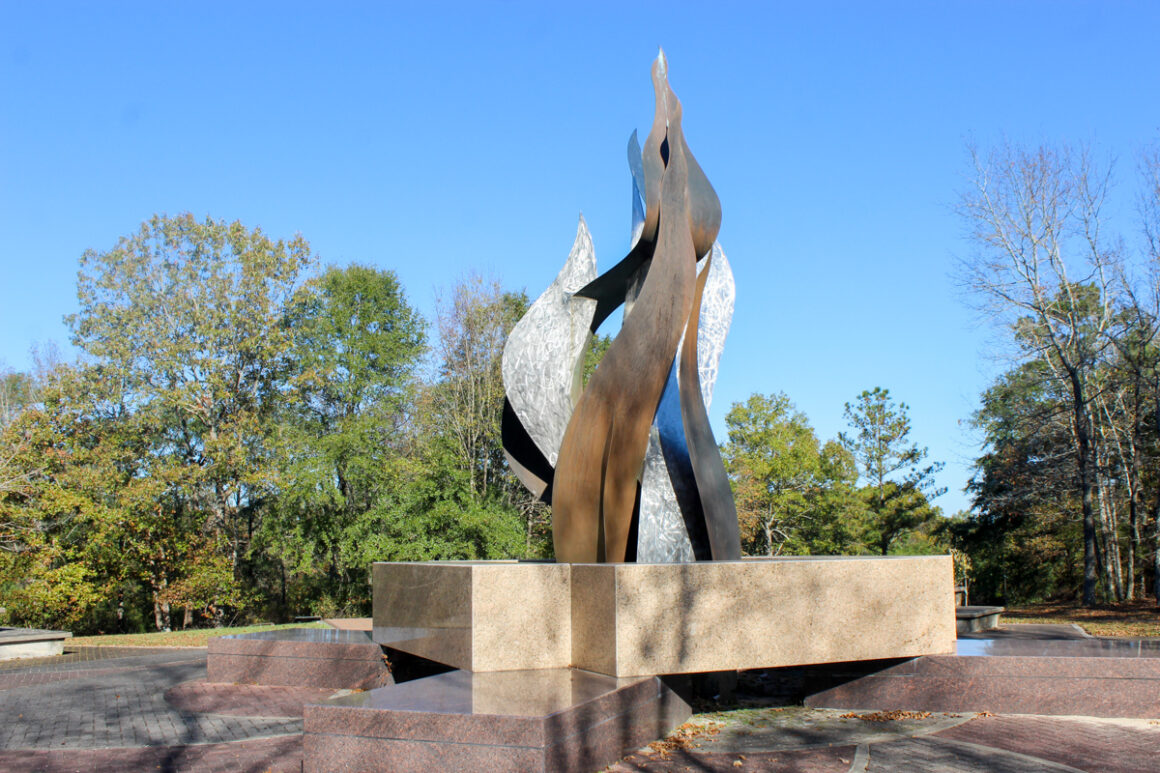
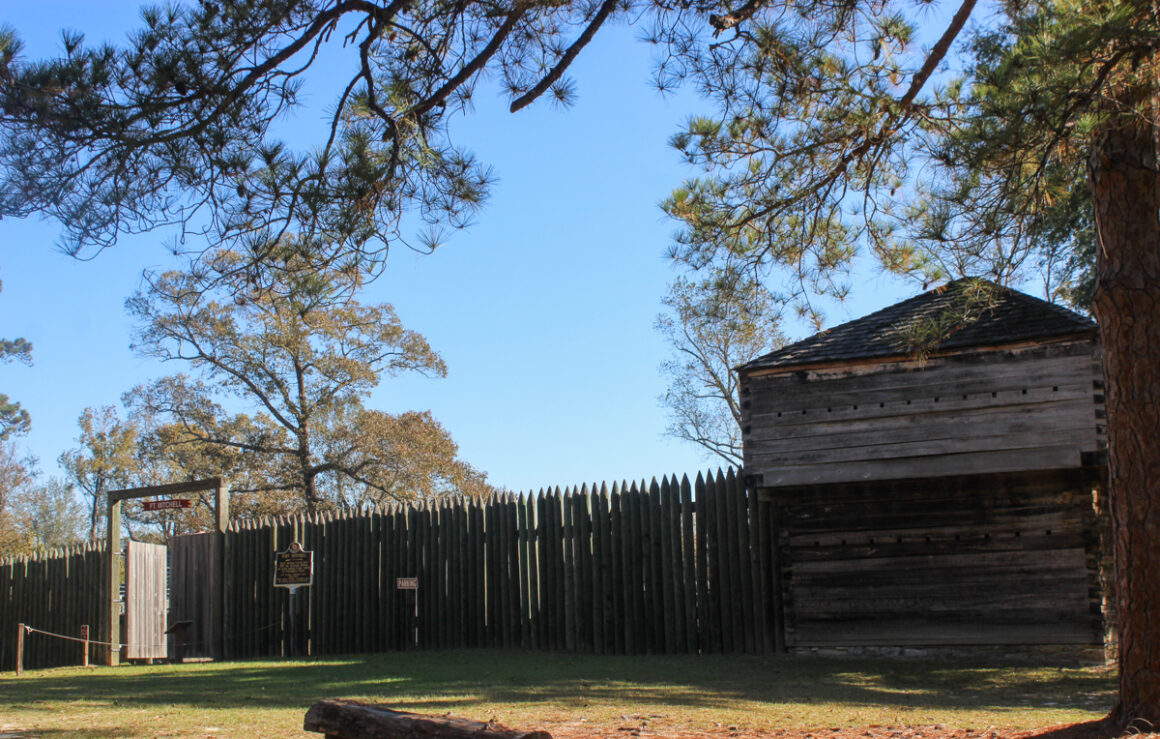
Edmund Pettus Bridge
The Alabama Black Belt is home to one of the most well known historical cities in the south – if not the country. The Edmund Pettus Bridge in Selma is a significant part of history and one of the top things to see the Alabama.
Visitors can walk the same route that notable civil rights leaders like Martin Luther King, Jr and John Lewis took on their famous March to Montgomery in 1965. Don’t miss the National Voting Rights Museum and the Museum of Slavery and Civil Rights to round out your visit to Selma.
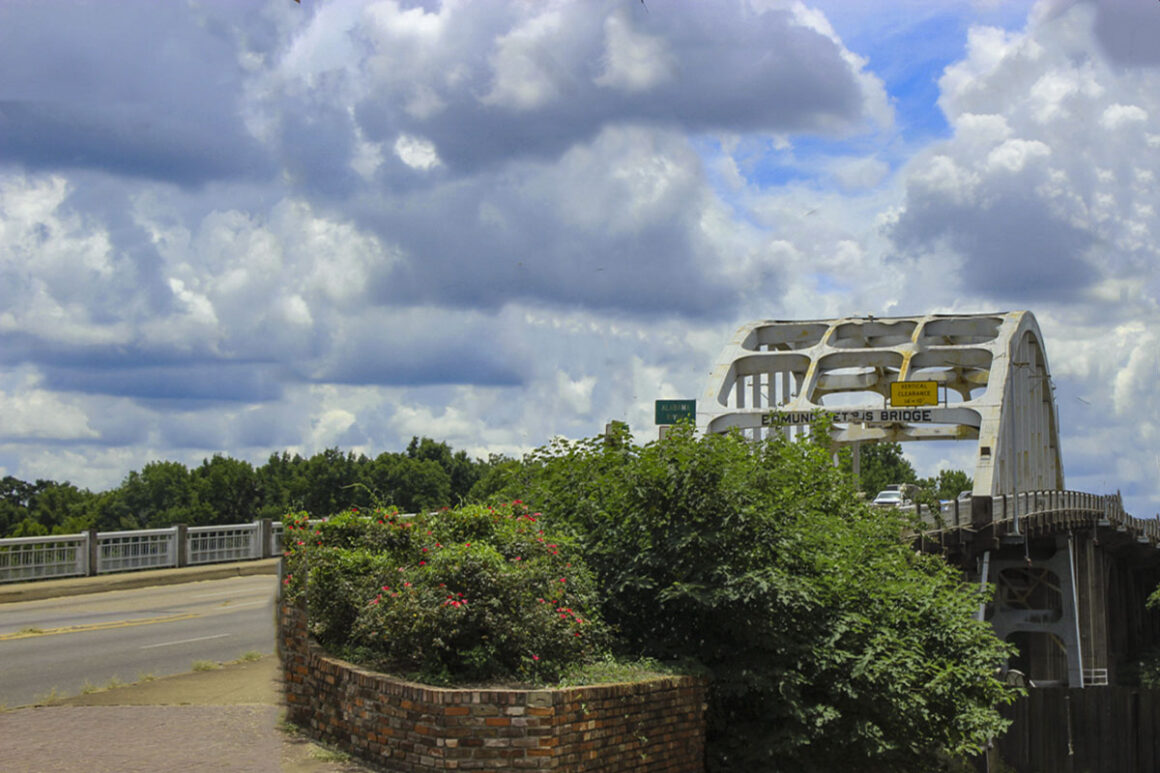
Charming Small Towns
If you’ve never had the opportunity to experience a small southern town in real life – you’re in for a treat. The south is well known for its town squares and historic main streets and the Alabama Black Belt has plenty of those. Here’s a few to include on your road trip.
Phenix City
Phenix City (Russell County) is on the Alabama side of the Chattahoochee River – yes, that way down yonder on the Chattahoochee river. Because of its prime location on a major waterway, the area that makes up present day Phenix City has a rich Native American and Civil War history.
With a little something for everyone- adventurous travelers will love the opportunity to “shoot the Hooch” year round and foodies can enjoy BBQ from one of the top 100 places to eat in Alabama before you die.
Auburn
War Eagle! Football fans will recognize Auburn (Lee County) as tiger country and the home of Auburn University. More than just a college town, Auburn has a quaint downtown and historic district with restaurants, trendy boutiques and beautiful outdoor spaces around campus.
For those travelers who like to spend time outside – there are gorgeous gardens and green spaces to wander around in as well as popular state parks – complete with cozy cabins – to stay in.
Opelika
Auburn’s sister city, Opelika, (Lee County) was once called the trading center of east Alabama because of its important railroad hub. That historic depot has been turned into one of the most amazing downtown areas and entertainment spaces in all of the Alabama Black Belt.
Spend an easy day strolling through a variety of hip shops and upscale thrift stores. Have afternoon tea or stop in for happy hour at John Emerald Distilling. After that, it’s time for dinner in one of many wonderful restaurants – like Zazu Gastropub– found downtown.
Eufaula
Eufaula (Barbour County) is one of those towns that just oozes with charm. It really checks all the small southern town boxes – a gorgeous lake side setting, dreamy centuries old trees and stately houses that look like they’re straight out of a movie set. All of this in surprisingly – the bass fishing capital of the world.
Union Springs
Union Springs (Bulloch County) may be one of the smallest towns in the Alabama Black Belt but don’t underestimate it. The town is best known for its world famous annual dog field trials and is home to impressive theater, vibrant murals and one of the best red velvet cakes in Alabama.
Educational Civil Right Sites
Although it’s a history we’d often like to forget, at one time, the south was the epicenter of slave trade. Tens of thousands of individuals and families entered the country through cities in the southern part of the U.S.
However, with the help of the non-profit Equal Justice Initiative, Montgomery – the capital of Alabama – is educating others about the real history of African Americans in this country. Here’s three museums that should be at the top of your list.
The National Memorial for Peace and Justice
800 steel monuments with the names of 4400 lynching victims across the country can be found at The National Memorial for Peace and Justice. It’s a sobering experience and a place everyone needs to visit at least once.
This memorial “is the nation’s first memorial dedicated to the legacy of enslaved Black people, people terrorized by lynching, African Americans humiliated by racial segregation and Jim Crow, and people of color burdened with contemporary presumptions of guilt and police violence”.
The Legacy Museum
The Legacy Museum focuses on the issues of enslavement to mass incarceration in ironically, a building that was used to hold slaves upon their arrival to Montgomery.
Through film, interactive content and first hand narratives, the museum educates about the legacy of slavery and “its impact on the north and coastal communities across America through the Domestic Slave Trade”.
Rosa Parks Museum
Visitors to the Alabama Black Belt can also tour the Rosa Parks Museum – the only one of its kind in the United States. This interactive museum takes you back in time to the Montgomery Bus Boycott.
The minute you enter the door, prepare to be transported – via a 1950’s bus on display – to the exact street in Montgomery where Mrs. Parks was arrested.
Through ample exhibits and artifacts, the museum strives to educate the public about the boycott and the crucial role the people behind the scenes played in this significant event in American history.
Public Lands
Public lands lovers will find an assortment of parks and recreation areas to enjoy in the Alabama Black Belt. There are ten state parks, five Wildlife Management Areas, two National Wildlife Refuges, one National Forest and numerous rivers and lakes. Start your visit with these.
Wehle Nature Center
Wehle Nature Center, near Union Springs, is a wildlife refuge with over 1500 acres of southern pine trees and hardwoods. Visitors can camp, fish, hike, hunt and even paddle a canoe. Part of the Forever Wild Land Trust Program – a program that acquires land for public use – the preserve is also a popular place to spot some native Alabama birds.
Chewalca State Park
Located near Auburn, Chewalca State Park – with it’s beautiful waterfalls, lakeside hiking trails fishing and cozy cabins – is just one more reason to include the Alabama Black Belt on a road trip. In addition to the cabins, Chewalca has a primitive campground, group picnic areas and some of the best mountain biking trails in Alabama.
Tuskegee Airmen National Historical Site
After the Army Air Corps tested African Americans to determine their ability to fly fighter jets for the U.S. military during World War II, their training began at Moton Field in Tuskegee.
The National Park service now manages the Tuskegee Airmen National Historical Site at the airfield. You can tour the field, watch a educational movie and visit the hangar to see a full-sized replica Red-tail P-51 Mustang .
Southern Food
No visit to the south would be worth it without indulging in some decadent southern food. Whether you’re looking for barbeque, tasty fried chicken or real country biscuits – you’ve come to the the right place.
Cahawba House
Cahawba House – named after the original capital of Alabama – certainly knows southern food – serving what might just be the best biscuits in Montgomery. And you can add just about anything to them.
Among other things, their breakfast is legendary. In fact, their breakfast sandwich was named the best in the state. With cute sidewalk seating – it’s a great place to start your sightseeing for the day.
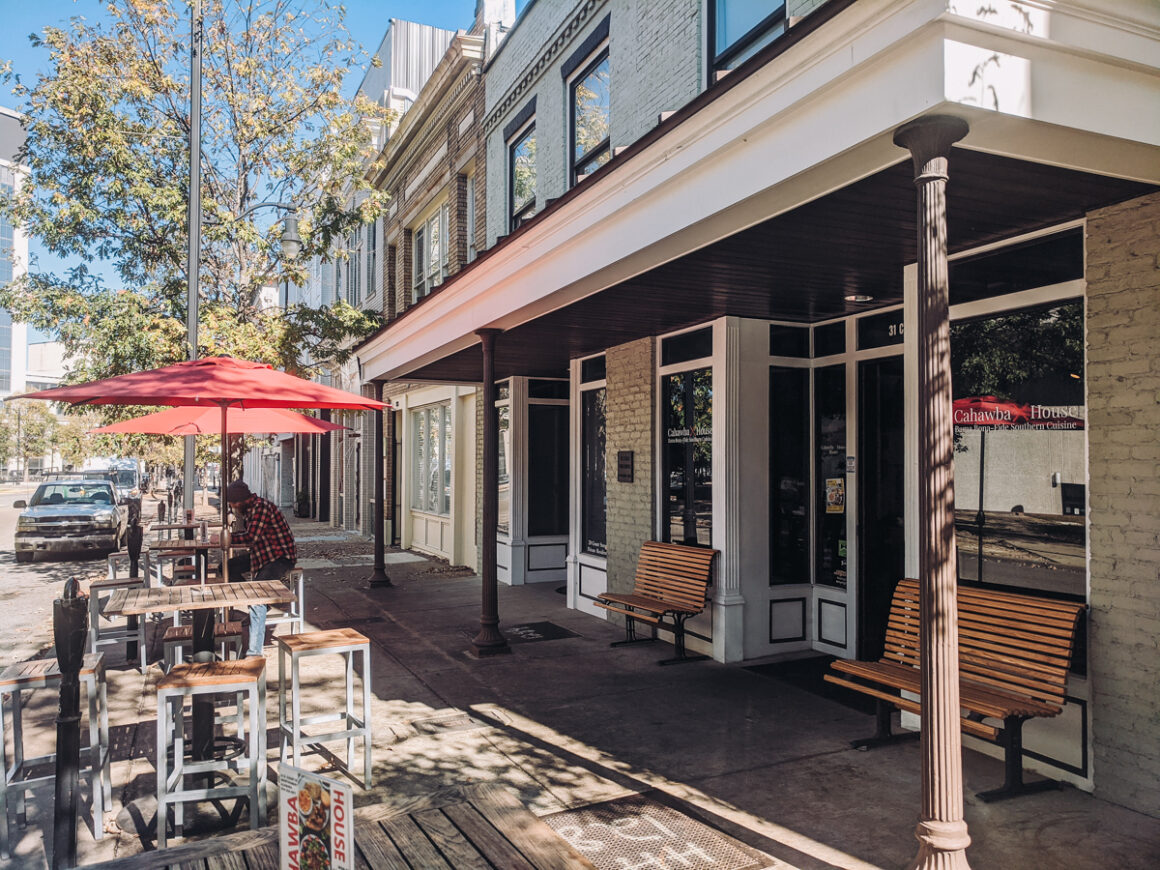
Bow & Arrow
Auburn’s Bow & Arrow is everything anyone could want in a southern restaurant. With a James Beard semifinalist for Best Chef: South – three years in a row – it’s no wonder the restaurant is a huge success.
Not only do they have delicious comfort food like BBQ and mac-n-cheese, they also serve a bit of Tex-Mex with their own in-house tortilla machine for fresh tortillas to go with that queso dip.
The diversity of their menu definitely makes it hard to decide what you’re in the mood for but that just makes it easier to order a bit of everything.
Outdoor Adventure
The Alabama Black Belt is an outdoor lovers dream. With a long history of hunting, fishing and birding in the area, here’s oodles of outdoorsy things to do in the air, on land, and in the water. .
Go Ziplining
Phenix City is the only place in the United States where you can zipline across state lines. Imagine flying through the air over the Chattahoochee River from Georgia to Alabama and back again, at speeds up to 40 miles per hour.
On the Alabama side you’ll glide through the trees on a series of small ziplines and bridges along the Phenix City shoreline. This is an experience not to be missed.
White Water Rafting
After you finish ziplining, it’s time to “shoot the Hooch”. Instead of zooming over the river, this time you’ll be on – and hopefully not in – the river enjoying Class-IV rapids. Whitewater Express has been taking people down the Chattahoochee River since 1980.
This section of the river at Phenix City – and Columbus, Georgia on the other side – is one of the only places in the United States where you can white water raft all year long. In fact, it’s such a epic place, professionals come from all over the world to take advantage of the winter training season.
Paddle a Canoe
In addition to the Chattahoochee River, the Alabama Black Belt is home to some of the most diverse rivers in the state. Classic Alabama waterways like the Cahaba River, the Tombigbee River and the Black Warrior are all part of the Alabama Scenic Trails. Canoe or kayak by day and sleep under the Alabama stars on the river banks at night.
Impressive Archquetecture
The Alabama Black Belt region is graced with stunning historical buildings and quintessential southern architecture at every turn, offering a wealth of picturesque scenes to explore. Here are some noteworthy destinations to consider adding to your Alabama Black Belt road trip:
Hargis Hall
You don’t have to be a student at Auburn University to appreciate the architecture of the college’s buildings. Hargis Hall is one of the prettiest buildings on campus.
The dwelling opened in 1888 and has survived numerous fires. It’s now part of the Graduate School at the university. No visit to Auburn would be complete without seeing it.
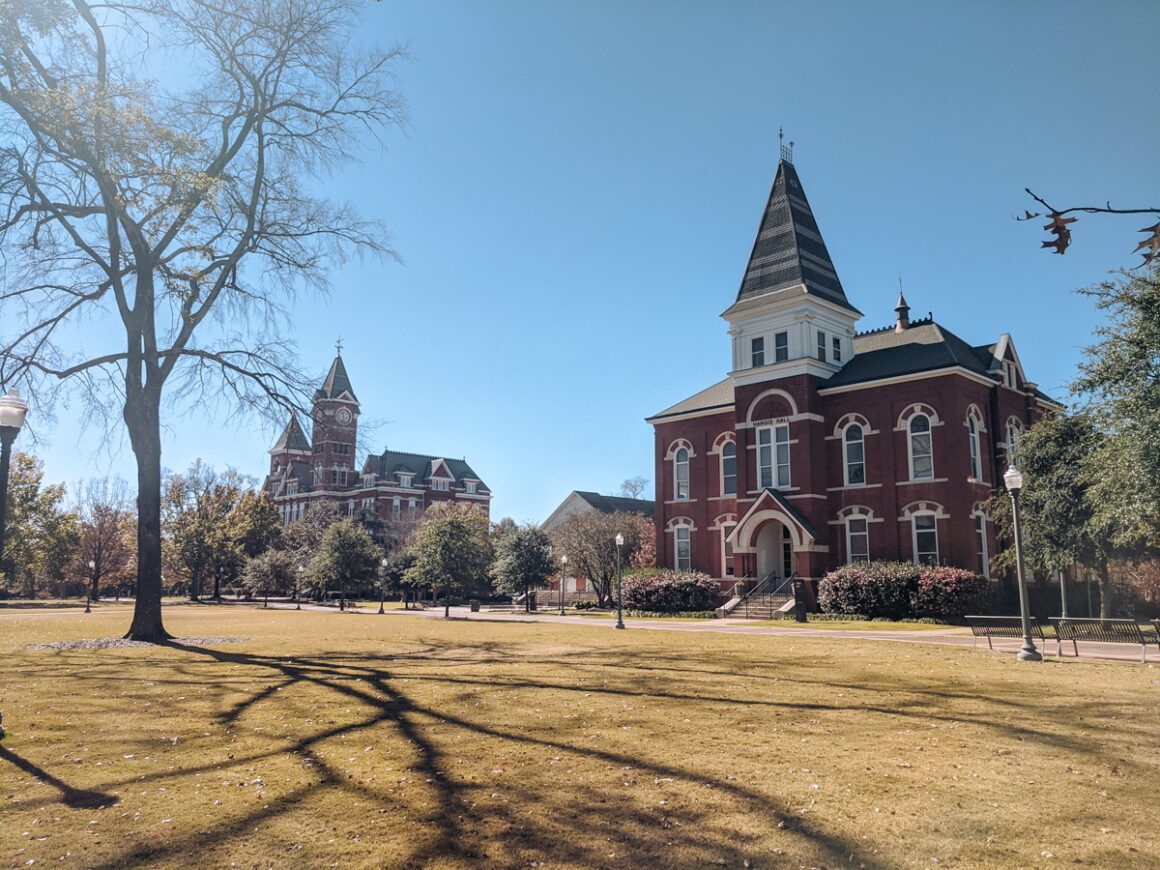
Shorter Mansion
If you enjoy touring gorgeous houses then you’ll love Shorter Mansion in Eufaula. Built in 1884, this Neo-classical home on National Register of Historic Places, was once a private residence and is now the town’s welcome center.
You can tour the home as well as visit the small museum of Alabama history and memorabilia located inside.
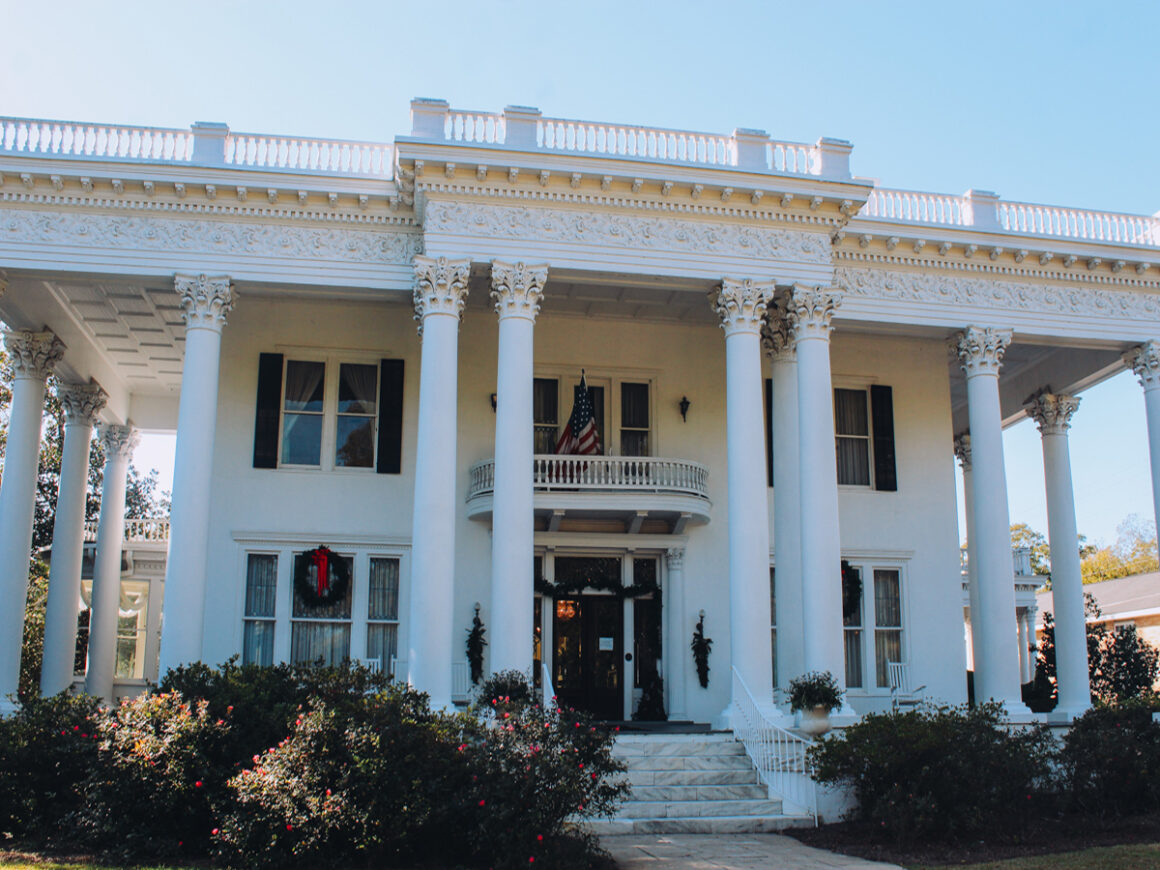
How Much Time do You Need for an Alabama Black Belt Road Trip?
Since the Alabama Black Belt encompasses a pretty large area of Alabama, you could literally spend weeks exploring. The things mentioned here barely scratch the surface.
A long weekend to a week would allow you to see Montgomery and several smaller towns. Plan at least a day in each small town and up to two or three days in Montgomery and Tuscaloosa since they are larger cities.
If time is limited, then split the region up. Personally, my road trip focused on Montgomery east to the Georgia line and I have plans to return to see more of Montgomery and west to Mississippi.
When’s the Best Time to Visit the Alabama Black Belt?
Alabama and much of the deep south boasts fairly moderate weather all year long so there’s no bad time to visit the Alabama Black Belt.
Spring is lovely with leaves and flowers popping out everywhere. But you know what they say about April showers – so pack a rain coat and an umbrella just in case. Southern thunderstorms can be quite intense.
Summer is hot and humid but perfect for sweet tea and local swimming holes and the Chattahoochee River.
Fall might not be as colorful in the south as in other parts of the country. It’s kind of hit or miss but the temperatures are just right. Plus, you’ll have the opportunity to see the fields full of billowy cotton before harvest in late fall.
Winter will be cooler but is also a great time to to visit Alabama. In late winter, enjoy the flowering camellias that brighten the landscape.
Where to Stay in the Alabama Black Belt Region
Whether you prefer a trendy hotel or a cabin on the water, the Alabama Black Belt provides a variety of options. The list below are places I have personally stayed and recommend.
Montgomery – Springhill Suites Downtown
Overnighting in Montgomery allows you to be centrally located, see Montgomery and then day trip to some of the surrounding Alabama Black Belt areas. Alternatively, you could fly into Montgomery, stay the first night in downtown and then choose a cabin or something else in a smaller town.
Phenix City – Courtyard by Marriott
Located on the shores of the Chattahoochee River, the Courtyard by Marriott in Phenix City is the perfect place to stay if you start your Alabama Black Belt road trip on the eastern side of the state. It has spectacular views, spacious rooms and a pretty sweet pool if you visit in summer.
Union Springs – Dream Field Farms
Dream Field Farms is approximately 15 minutes from Union Springs in Fitzpatrick, Alabama. Conveniently located close enough to explore Montgomery – 37 miles – this property is a little bit of everything.
Part wedding venue, part pumpkin patch and farm with some of the cutest donkeys I’ve seen, it’s a special place. The cabins are situated on a private pond and very family friendly with full kitchens and porches that holler welcome to the south.
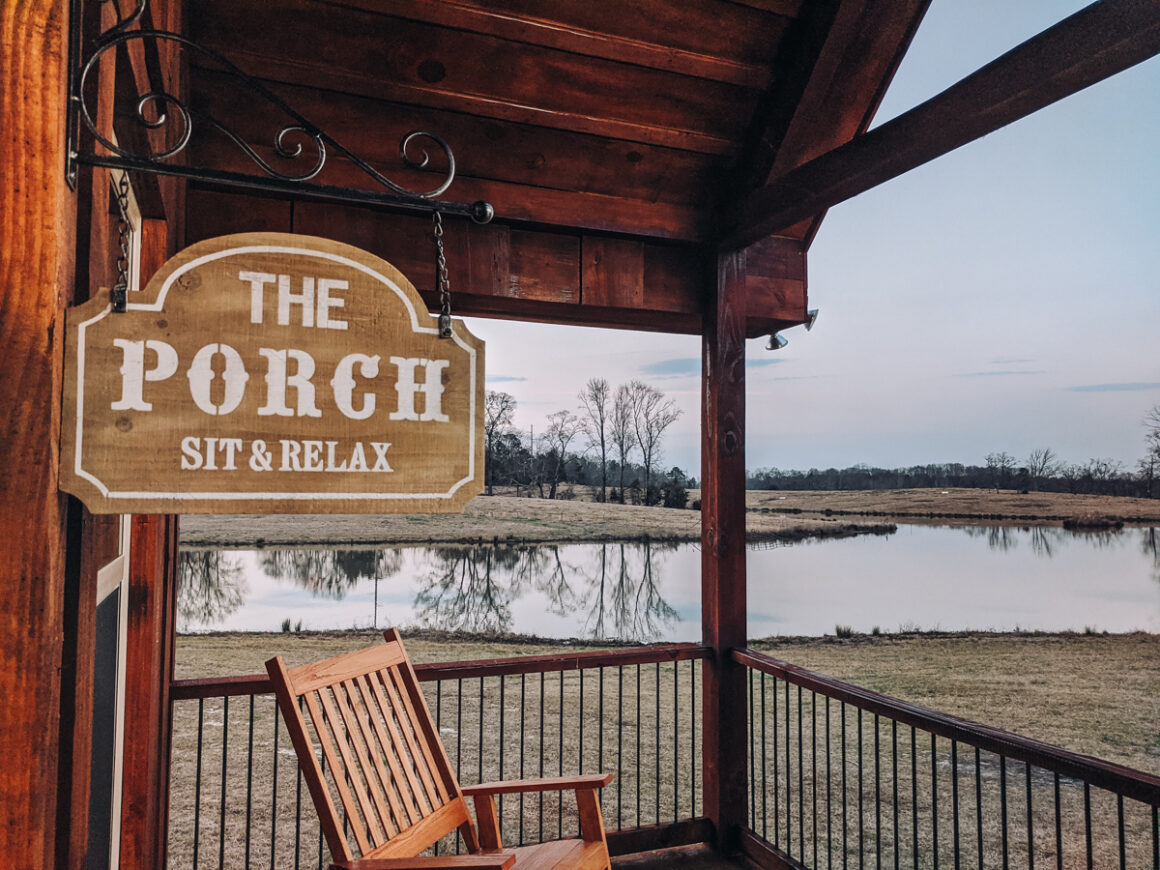
Auburn – Chewalca State Park
Choosing to stay at Chewalca State Park near Auburn gives you the best of both words. You can get outside and enjoy a bit of nature but you’re still close enough to downtown and all that Auburn offers. It’s a win win.
Eufaula – Lakepoint State Park
For a relaxing resort stay, Lakepoint State Park on the banks of Lake Eufaula fits the bill. It’s the perfect spot to fish, catch a sunset or just be lazy. The property has a lodge, cabins, cottages, a campground and a restaurant. Once you check-in you can stay put right on the property.
Road Trip the Alabama Black Belt
Thanks to Alabama Black Belt Adventures for putting this trip together and hosting me on my road trip through this fascinating area. I also appreciate the other hosts that helped out along the way:
- Sweet Home Alabama
- Capital Cool Montgomery
- Russell County Tourism
- Auburn Opelika Tourism
- Eufaula Barbour County Chamber of Commerce
- Union Springs Bullock County
Even though I was hosted on this trip, every experience and opinion – as always – is my own. Alabama is where I was born and I’m always excited to learn more about my home state and share it with others.
I sincerely hope you’ll add the Alabama Black Belt to your travel wish list too. Have you road tripped in the Alabama Black Belt or live there? Tell me your favorite thing to do or eat in the Alabama Black Belt.
See you on the road!


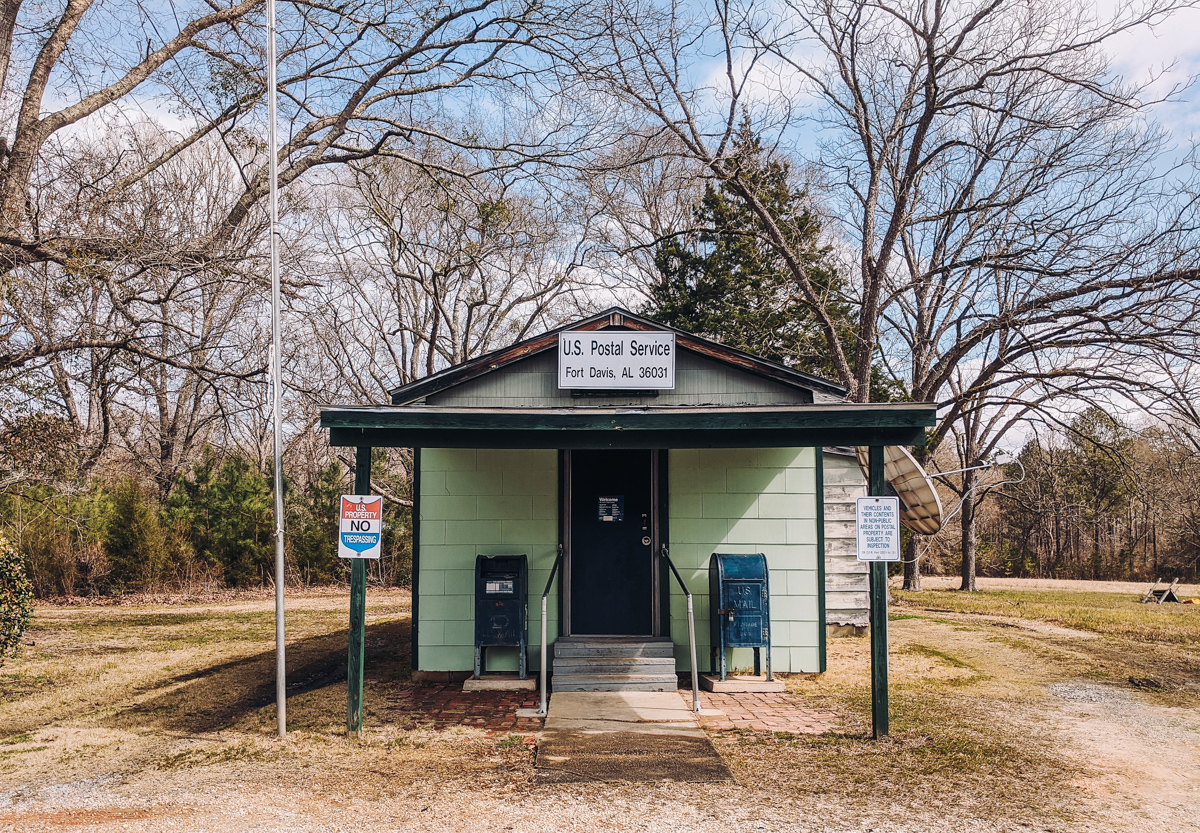
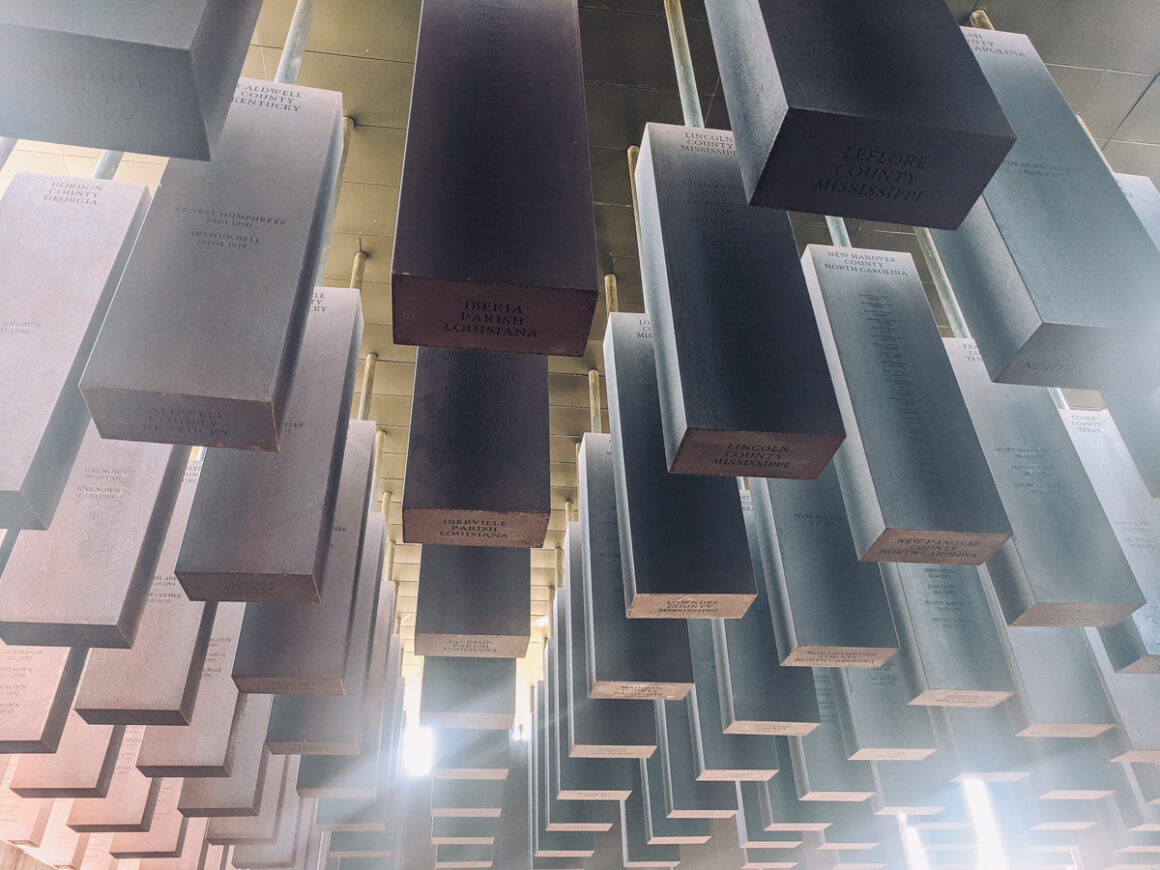
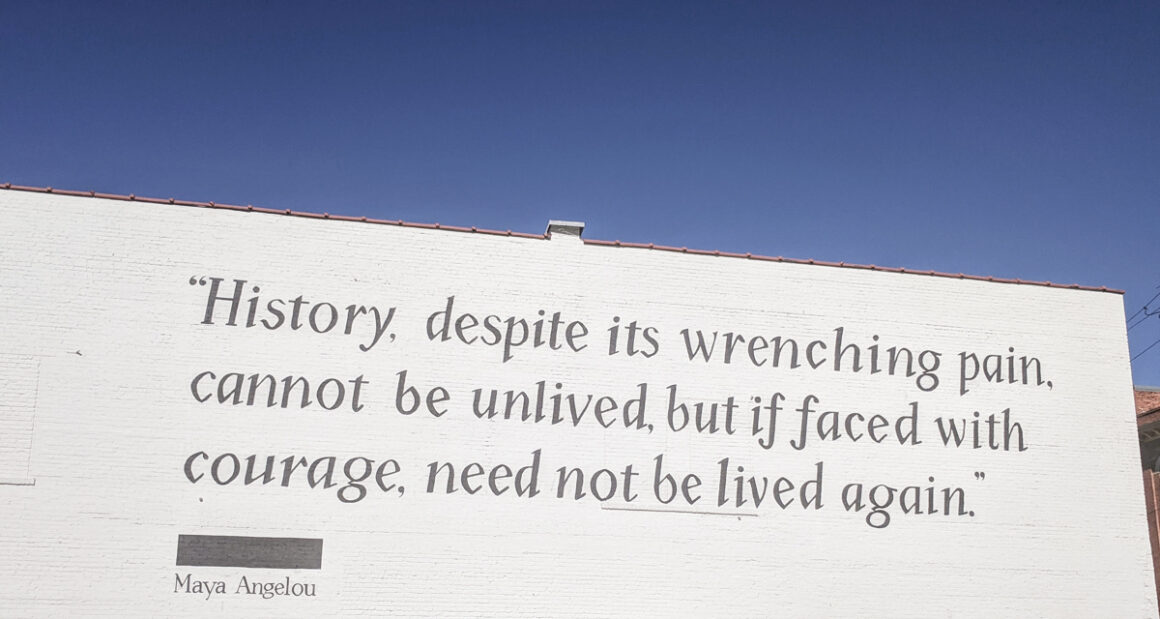
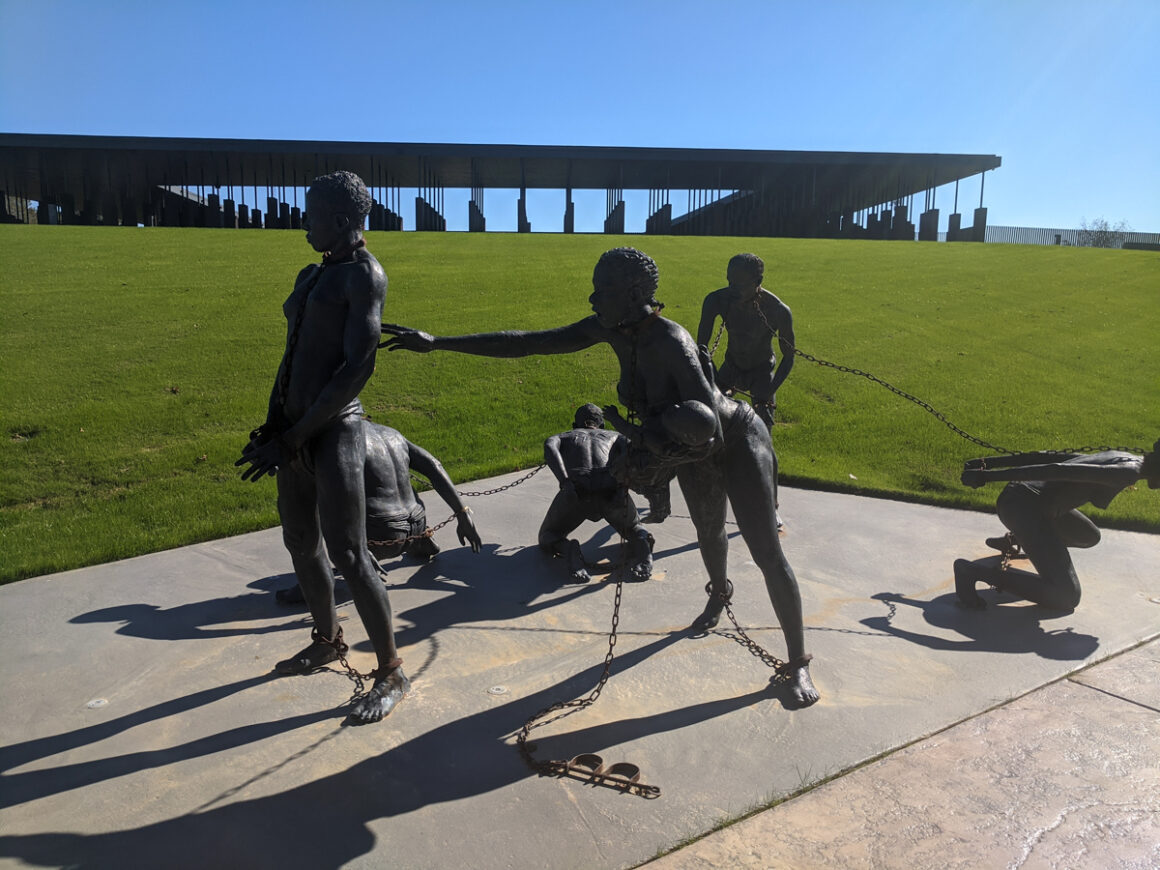
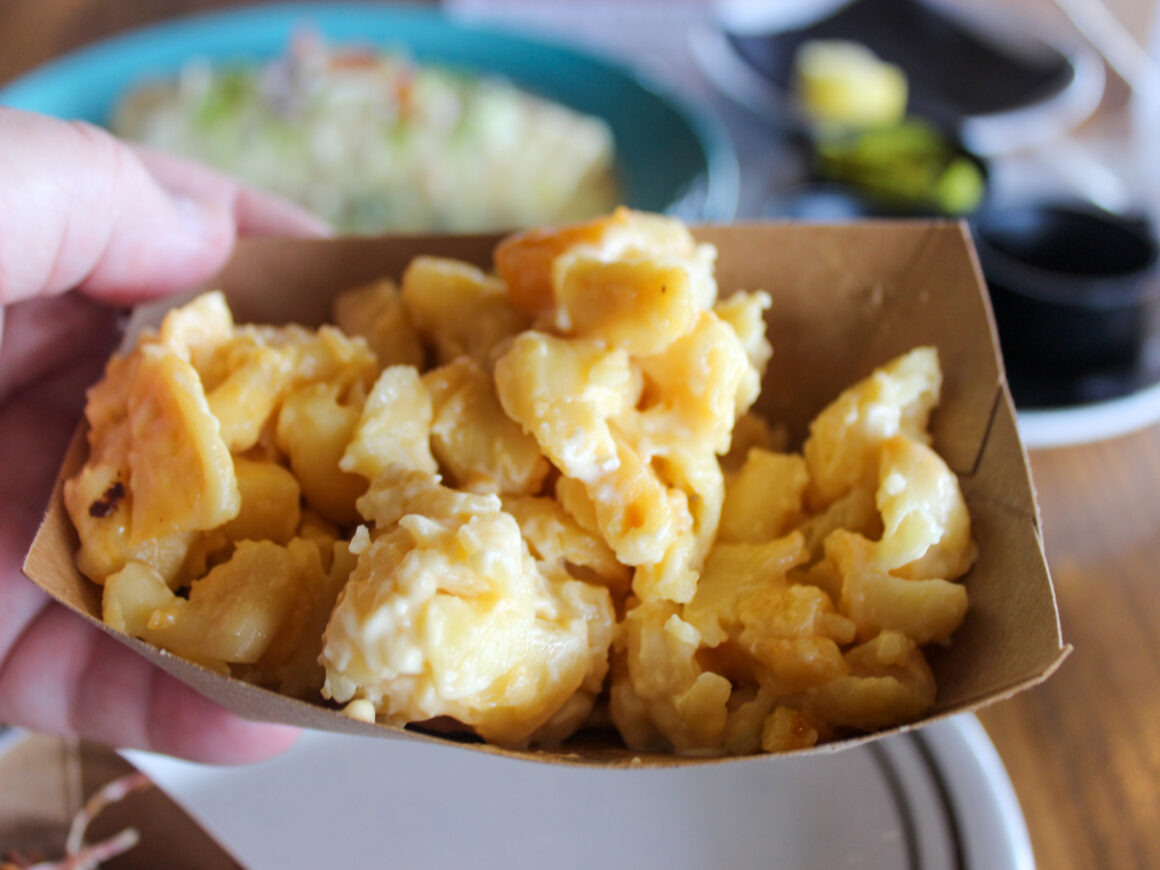
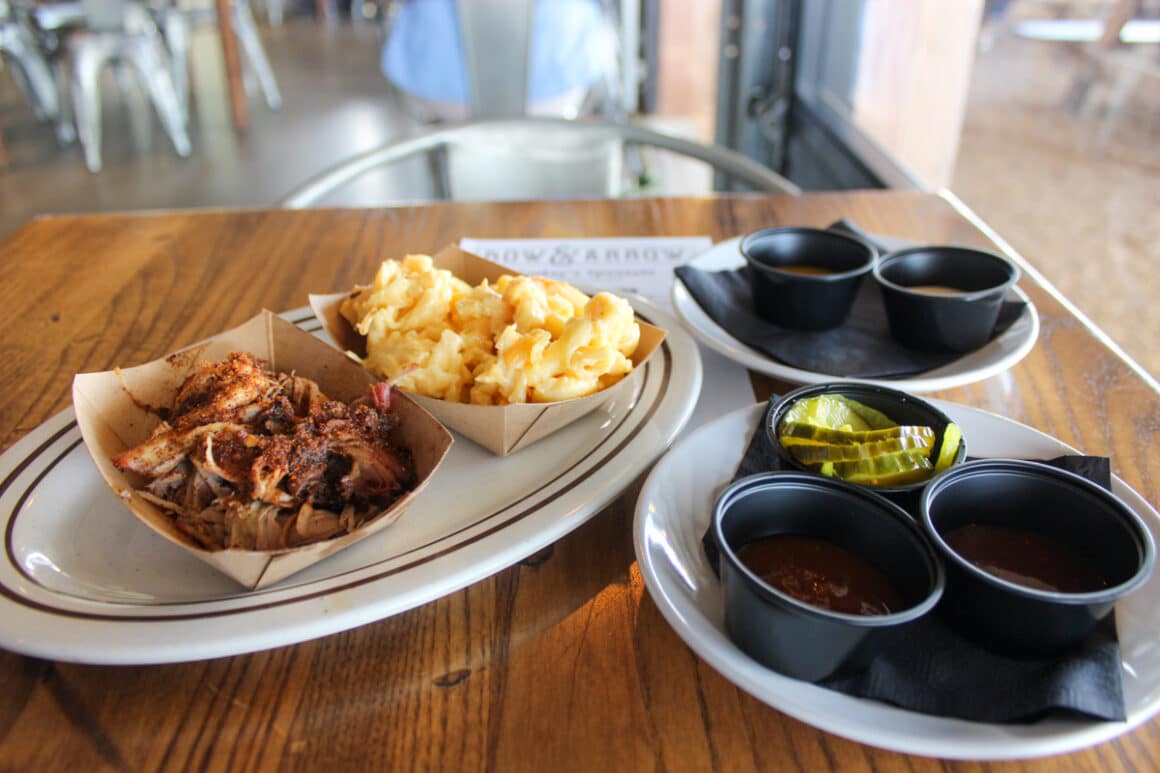


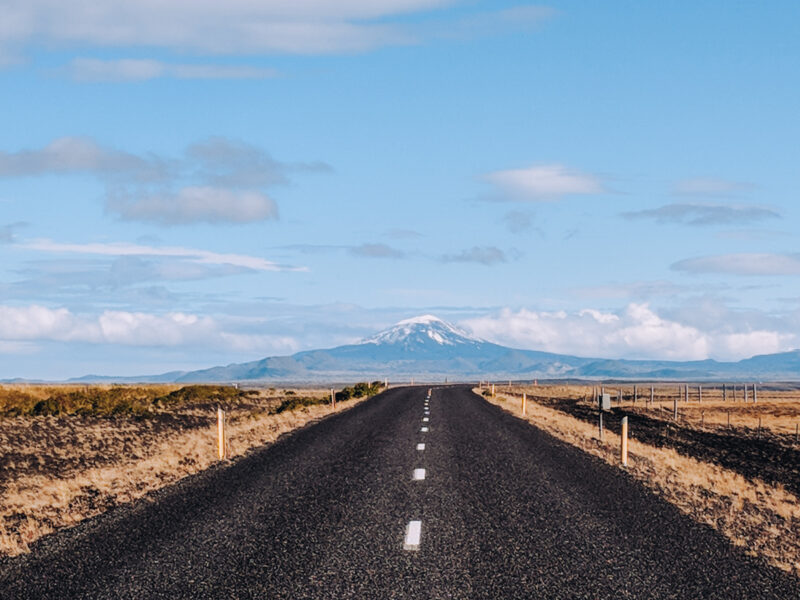
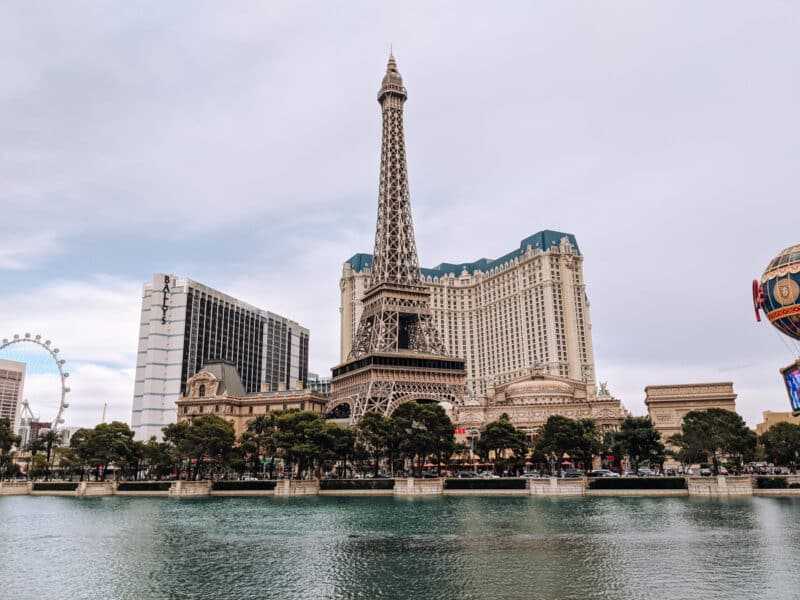

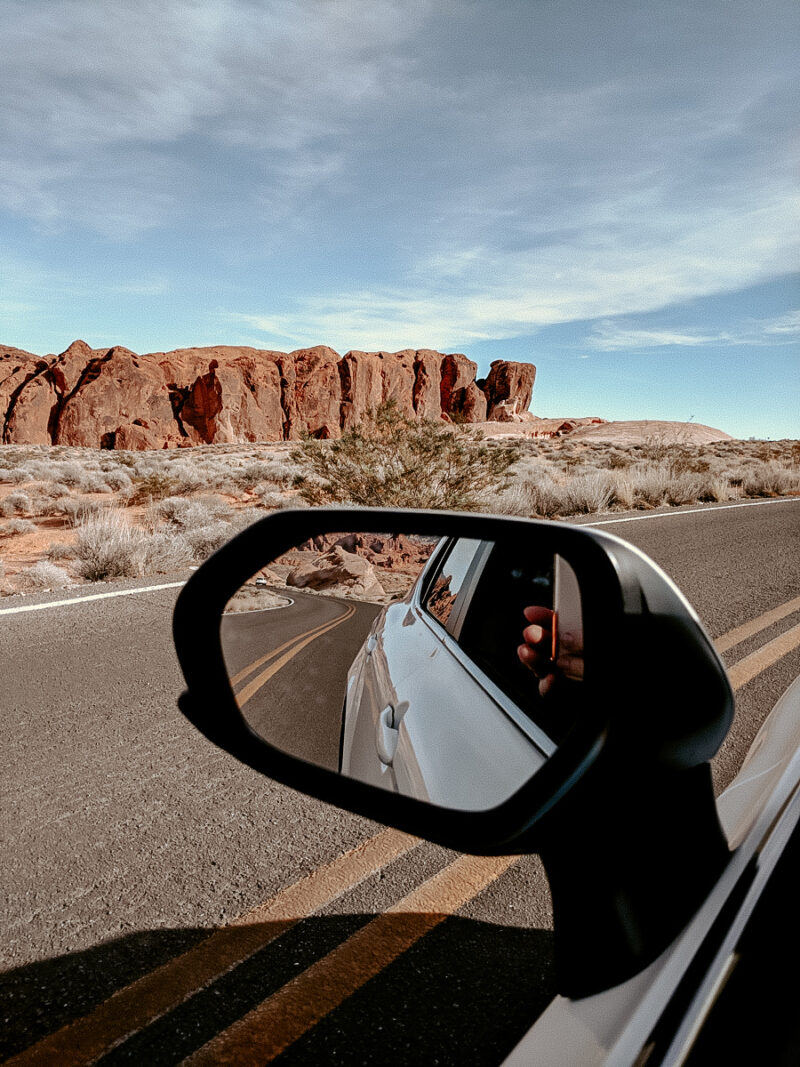
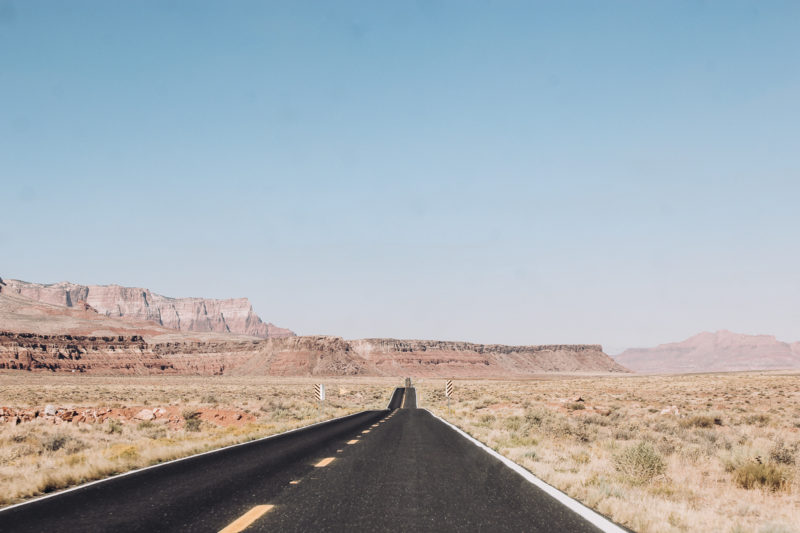

Sounds like the trip is worth if just for the food and white water rafting. Great post.
Thank you! It’s definitely a great area for food!
I had never heard of the Alabama Black Belt. So much history to learn about on this road trip.
Yes! I honestly cannot believe there is so much to do and see in this one area. Thanks for reading. 🙂
Not a area I know much about thanks for the great insight. I certainly love to go try some of the food
Ahh the food is to die for! Maybe you’ll get the chance to visit. 🙂
Most Alabamians would tell you that the most distinctive and significant part of the Alabama Black Belt is west of Montgomery, so it will be interesting to hear your second entry on this historic region, as you experience the landscape from Selma to Mississippi. Don’t miss Demopolis, Greensboro, Marion, Eutaw, Livingston, and Moundville, especially.
Hi GJ! I just spent the better part of 3 weeks south and west of Montgomery! Troy, Selma, Greensboro, Camden, Demopolis, Monroeville and a couple of nights in Tuscaloosa and other places too. I didn’t make it to Marion, Eutaw or Moundville…yet but I have plans to go back to Selma soon so hopefully I’ll get a chance to go. Such a fascinating area and so much to do. I’m from Alabama and had no idea that Monroeville was the literary capital of the state! Thanks for the suggestions. 🙂